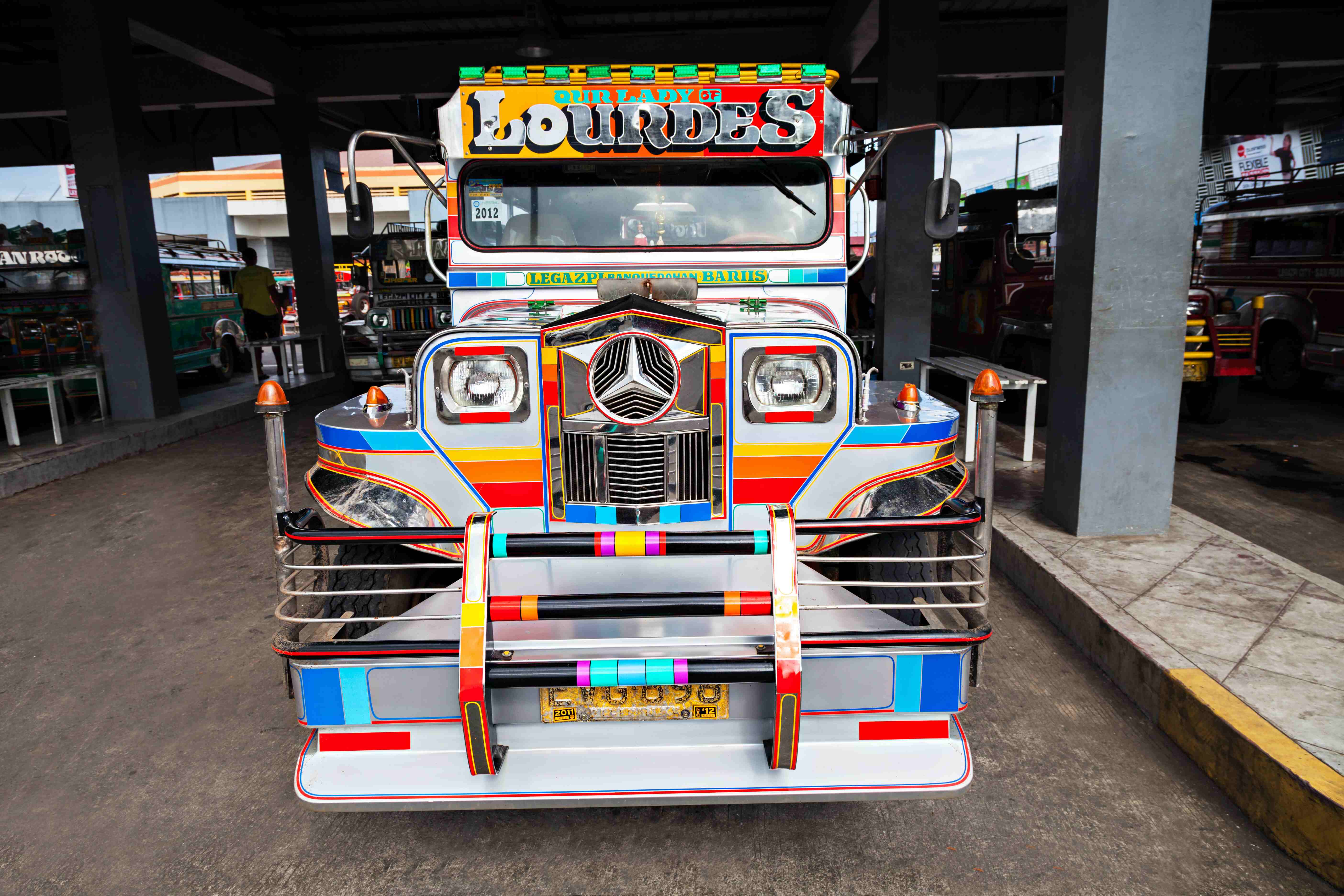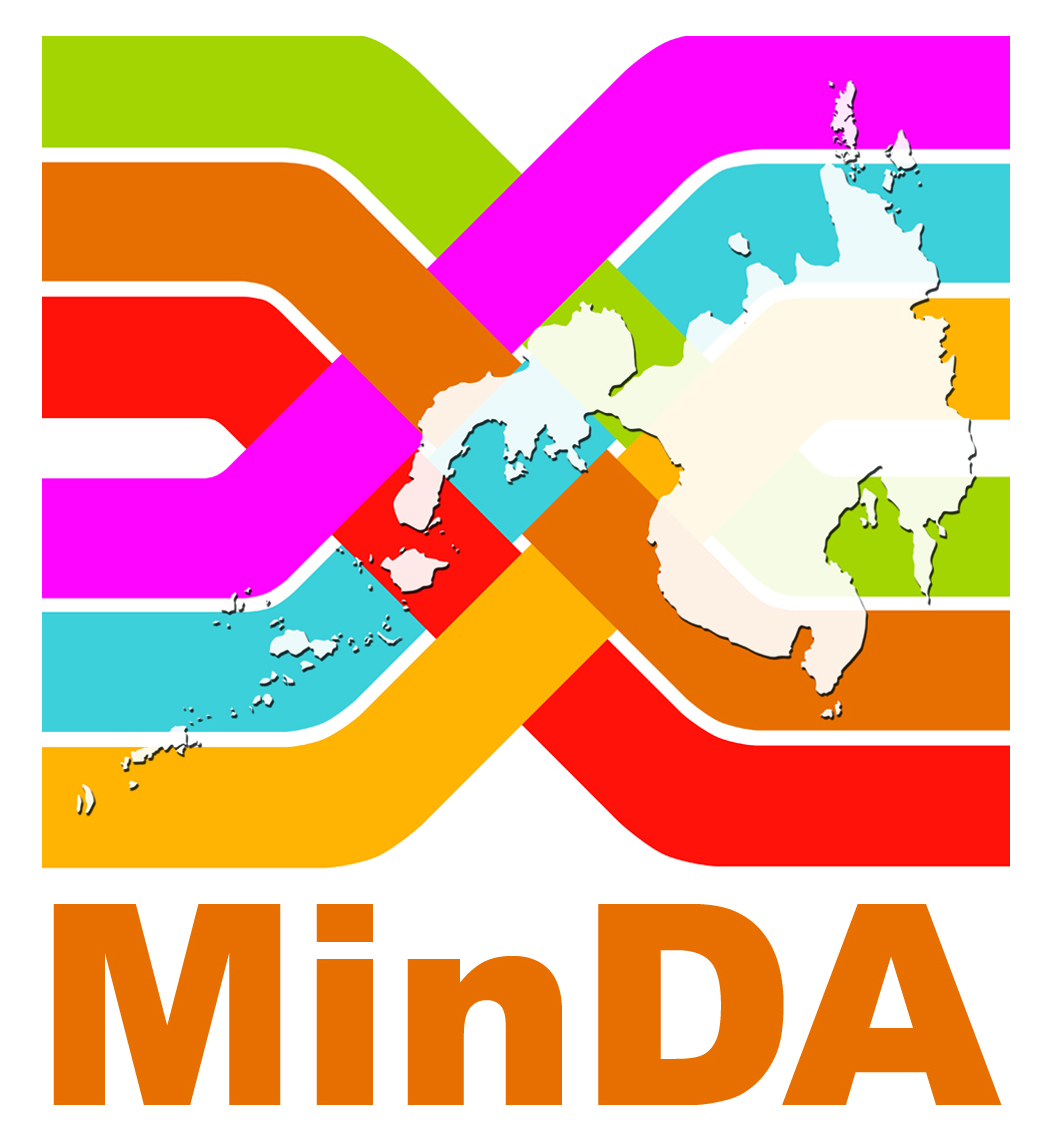Public Utility Vehicle Modernization Program
Socioeconomic Issue in Spotlight

Metro Manila topped the list for the “world’s worst traffic” in 2023, based on the TomTom Traffic Index. While this may not be surprising, traffic in highly urbanized areas like Metro Manila is a perennial problem that needs urgent solutions. The Japan International Cooperation Agency (JICA) revealed a staggering economic loss of PHP 3.5 billion a day due to worsening traffic congestion in the metro. In 2019, a JICA report attributed the problem to the volume of vehicles, which expanded by 1.5 times from 2006 to 2015. If this trend continues, JICA predicts that by 2035, Metro Manila will face a surge with 2.25 times more vehicles congesting its streets. Meanwhile, transport demand will increase by 125 percent, escalating from 18.4 million trips per day to 22.9 million trips per day.
Commuters endure the rippling effects of daily traffic congestion exacerbated by the country’s inefficient transportation systems. Recognizing this problem, the government launched the Public Utility Vehicle Modernization Program (PUVMP) in 2017. The program aims to improve public transportation service by addressing problems related to traffic congestion, air pollution, road capacity, and inefficiencies in PUV operations, among others. For instance, old jeepney units will be replaced with modern and environmentally friendly units under the program.
Jeepneys have been around since the end of the World War II. Emerging from post-war scraps of US military vehicles transformed by Filipinos into serviceable mass transport vehicles, jeepneys have become an integral cultural symbol in the Philippines. Today, jeepneys remain the preferred mode of transportation for commuters, primarily due to its cheaper fair.
Several studies available on the Socioeconomic Research Portal for the Philippines (SERP-P) have looked into the PUVMP implementation. Dimalanta et al. (2023) affirmed traditional jeepneys’ accessibility, convenience, versatility, and affordability. However, the PUVMP pushes for the adoption of modern jeepneys, which cost about PHP 2.8 million per unit. Despite being assembled locally, modern jeepneys cost higher than traditional jeepneys because they use imported parts and equipment from international companies like Isuzu and Hyundai. Traditional jeepneys, priced between PHP 200,000 and PHP 400,000 per unit, remain a more affordable option for drivers and operators. While loans are facilitated through the Development Bank of the Philippines and the Land Bank of the Philippines (with 6% interest rates per annum), government financial support falls short. The original amount of the government subsidy for purchasing modern PUVs, ranging from PHP 80,000 to PHP 160,000, covers only 5 percent of the vehicle’s total cost. This amount was increased to PHP 280,000 in December 2023. Only cooperatives with a franchise granted by the Land Transportation Franchising and Regulatory Board (LTFRB) can access these programs. Drivers and operators struggle to get loans as they must first join a consolidated group, with the deadline further extended to April 30, 2024. For cooperatives to get a franchise from the LTFRB, local government units must prepare a Local Public Transport Route Plan (LPTRP) and seek approval from the LTFRB and the Department of Transportation. However, only a few of these plans have been approved. Additionally, cooperatives must have their own garage, which poses another challenge for them. Thus, the authors urged the government to promote genuine cooperativization. Unlike the cooperative model in the Omnibus Franchising Guidelines and the PUVMP, where drivers and operators must give up their individual franchises, a true cooperative model allows each operator to control their own franchise.
Mendoza (2021) revealed that the price of modernizing jeepneys could lead to higher jeepney fares, possibly burdening commuters. Challenges in securing funds for modern jeepneys, coupled with demanding payment schedules, might trigger a domino effect and force a hike in passenger fares.
Estipular (2020) observed that the PUVMP has been too focused on vehicle replacement. Old PUVs—mostly jeepneys—will be replaced with modern PUVs fueled by EURO 4-compliant diesel engines, liquefied petroleum gas, and electric or hybrid sources. Estipular emphasized that “sequencing the implementation of the PUVMP is very critical”, and “it could have started with regulatory reform, [the] LPTRP formulation and submission, and route rationalization before embarking on fleet modernization”. These will “give stakeholders better appreciation of the program, additional grace period, and more time for the operators/drivers to prepare”.
On a positive note, a local manufacturer extends help to modern jeepneys at a price of less than PHP 1 million per unit. This manufacturer offers flexible and interest-free payment terms, potentially easing transport workers’ burden. Solving challenges related to the PUVMP implementation calls for a holistic approach and the active involvement of all stakeholders—including government agencies and beneficiaries—in improving the public transport system to ensure a clean, affordable, and safe public transportation.
SERP-P has resources about PUVs and the PUVMP. Below are some of them:
- Putting Transport Workers and Commuters First: The Route to Just Transition in Public Transport Modernization
- Addressing the "Blind Side" of the Government's Jeepney "Modernization" Program
- Looking into the Implementation of Public Utility Vehicle Modernization Program
- Sama-sama sa Pag-arangkada! Magkaisa para sa Pang-masang Pampublikong Transportasyon! Ipagtanggol ang Prangkisa at Kabuhayan! (Moving Forward Together: Unite for Mass Public Transportation! Defend Franchises and Livelihoods!) - Proceedings
For more studies, simply type “public utility vehicle”, “PUV”, and other related keywords on the SERP-P website.


